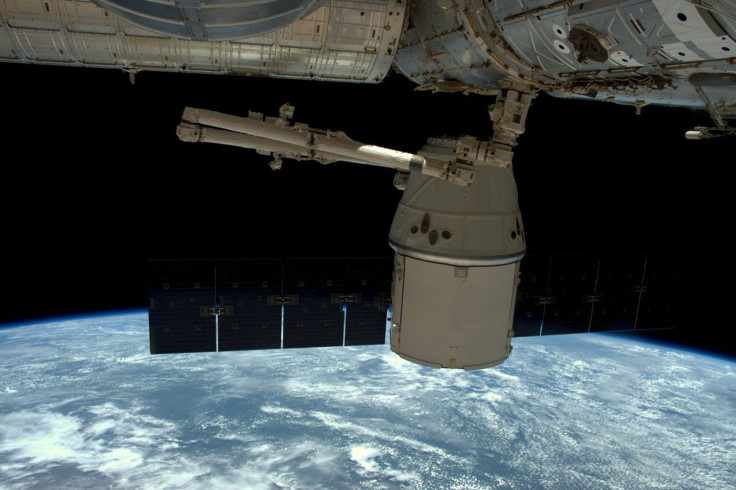Fast Radio Bursts may be signs of alien life; Harvard scientists weigh options

A pair of astrophysicists at Harvard University are considering the possibility of alien communication as the source of Fast Radio Bursts (FRBs). This adds another theory to the mysterious FRBs, which have been recorded frequently since 2007.
According to Universe Today, astrophysicists Avi Loeb of the Harvard-Smithsonian centre for Astrophysics and Manasvi Lingam of Harvard University are currently considering "alien technology" as one of the origins of FRBs. FRBs are described as short radio pulses that generally last a few milliseconds. Scientists have assumed they are caused by astrophysical events such as supernovae. They have been detected by radio telescopes such as the Arecibo Observatory in Puerto Rico and the Parkes Observatory in Australia.
The FRBs were observed to have come from thousands of light years away. However, scientists have yet to identify a natural cause for the phenomenon.
"An artificial origin is worth contemplating and checking," Loeb said. He added that there were no conclusive evidence to suggests other natural sources.
Loeb and Lingam said the idea behind their paper is based on the question of how humans could build a technology that can send FRBs. This eventually developed into thinking about how alien civilisations can do the same method.
Their paper elaborated on the amount of energy that would be needed to send a signal from enormous distances. They eventually figured out that sending FRBs with solar energy will need a solar array with an area that is twice as large as Earth.
An alien civilisation with this technology would have to be orbiting a star similar to the Sun. Such a technological project is currently beyond human technology, but Loeb and Lingam did not rule out this possibility.
They also considered the FRBs to have come from some sort of alien propulsion system. This works by considering the movement of the Earth around the Sun. The distance of the alien star and the galaxy are also "moving" relative to the Earth, hence the flash.
However, their calculations also pointed towards a spacecraft that can support a payload of a million tonnes to supply this much energy. Lingam said this is big enough to carry living passengers across stars.
Loeb and Lingam also wrote that while their paper is more speculative than conclusive, they believe astrophysicists should at least try to quantify the requirements of sending FRBs. "Quantifying the requirements necessary for an artificial origin serves, at the very least, the important purpose of enabling astronomers to rule it out with future data," the two said in the conclusion of their paper.





















